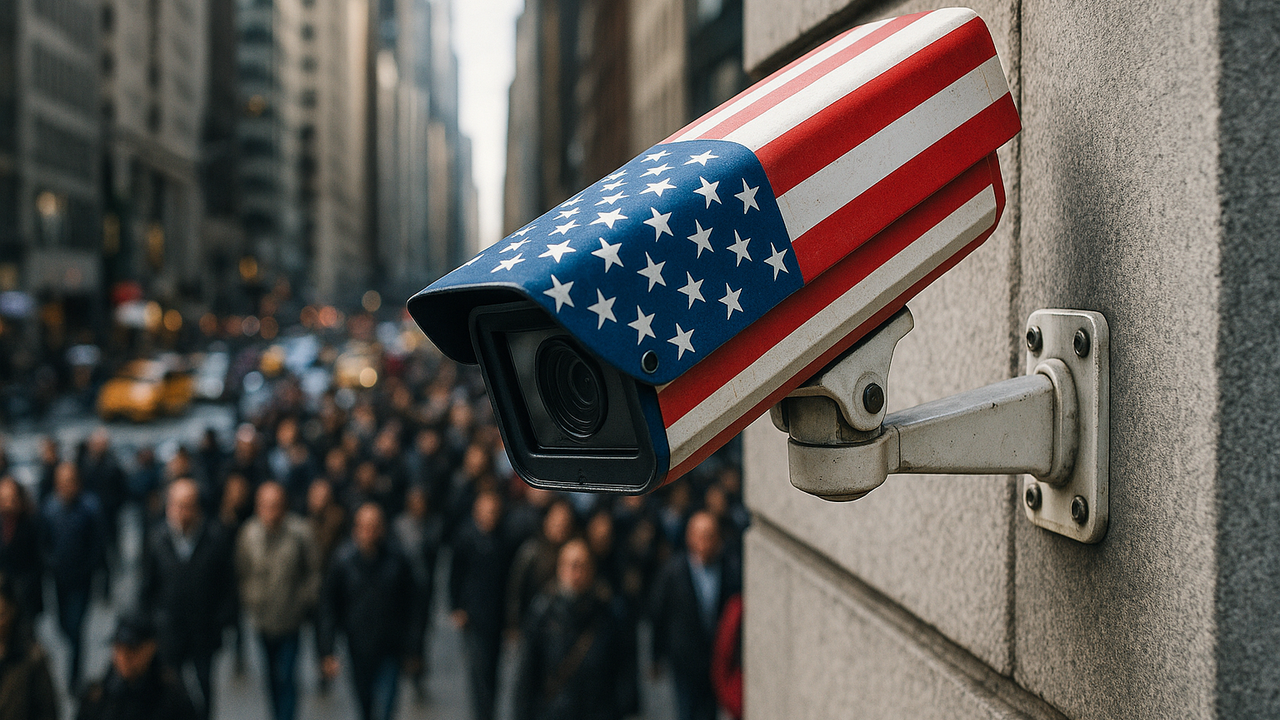Effects of global warming they are becoming clearer, but we are not taking action fast enough to correct them. Therefore, scientists are trying to find desperate alternatives to buy a little more time to save the planet. One of them, recently published in the article PLOS Climateconsists of something as amazing as fumigate the earth from the moon.
This is actually a variant of another proposal that was made many years ago. This consisted of fumigate straight from the ground a fog of sulfur dioxide particles, which would serve as protection from part of the sun’s rays reaching the Earth. The bad news is that it would be a very polluting solution, so that one problem would give way to another.
For this reason, at present, a group of scientists from University of Utah and Smithsonian Observatory They came up with a very interesting alternative: spray rock material straight from the moon. Obviously, this is still not possible today, but in the future it may become a plausible option for saving the planet.
The dangers of the greenhouse effect
The problem for which it is necessary to save the planet is understandable. carbon dioxide emissions from the earth are so large that Greenhouse effect, which is actually useful for keeping the planet from getting supercooled, out of control. Both this and other gases accumulate in the atmosphere, blocking the solar radiation that reflects off the Earth’s surface. return to space. This generates overheating, the consequences of which we have been observing for a long time.
The obvious solution is to reduce these emissions. But just because it’s obvious doesn’t mean it’s easy. No matter how the population tries to act individually, it governments and large multinational corporations who has the most power to stop these emissions. And they don’t do it fast enough. Global warming is winning the race and we need to buy time to save the planet. This is where desperate measures come into play.
We are talking about fumigation, but it has nothing to do with chemical traces
Many conspiracy buffs have said for years that contrails the fact that planes form in the sky under certain conditions is a sign that they are fumigating us with hidden agendas. There are all sorts of theories, starting with the fact that they fumigate to disperse the clouds, and that it does not rain until we are being sprayed with sterilizing substances. The most absolute of feelings is missing in everything. But that doesn’t mean they can’t fumigate us. This will not be done secretly or for ruthless purposes, but to try to solve a problem that we clearly cannot solve without outside help.
The use of sulfur dioxide would be a completely desperate measure, as it would entail a new problem. The proposal was made by scientists from University College London and Harvard University in 2020 and consists of to introduce particles of this substance into the upper layers of the Earth’s atmosphere to artificially thicken the layer of light they reflect.
This is a procedure that was previously studied for many years, observing what happened to some volcanoes. For example, the 1991 eruption of Mount Pinatubo in the Philippines released so much sulfur into the atmosphere that the global temperature fell by 0.5 °C over the next two years.. This was so because these particles, installed in the atmosphere, acted as a shield, returning to space a good part of the solar radiation that hit the Earth.
Fumigation to mimic this effect may be beneficial in the short term, but we must not forget that it is associated with the release of pollutants into the atmosphere. Solutions must be sought, and this is where our satellite comes into play.
Another advantage of moon bases
The Artemis program, the first phase of which was sent to the Moon in 2022, is designed to get humans back on our moon. But this time the goal is not just to walk on it and take samples. also expected establish long-term lunar bases. Many research tasks could be carried out from there, as well as a service station of sorts for future longer missions. For example, astronauts could stop there before flying to the moon.
But in addition, these lunar bases could also be used to fumigate a layer of dust that creates a shield similar to that on the moon. sulfur dioxide. This was the hypothesis of the scientists responsible for the study, which has just been published. But in order to find out with more confidence, they developed a computational model with which they were able to estimate the best conditions for this. That is, analyzed various materials, as well as the effect of gravitational forces, radiation pressure of sunlight and a breath of solar wind.
Thus, they saw that a layer of solar dust could be launched from the Moon, which would help keep it around the Sun. 2% sunshine. It’s not much, but at least it would give us a little more room to cut our carbon dioxide emissions, thereby solving the real problem.
Selection of specific points lunar orbit you can get a dense layer that will dissipate after a few days. This has the slight disadvantage of requiring regular fumigation. But also a big advantage is that in case of problems, the procedure can be quickly stopped. In addition, since dust would not be emitted from the earth’s surface, there would be no fear of the consequences for the population.
The boat will soon seem like a plus to everyone, although logically this is not what they are going to do short term. Including because we still do not have lunar bases. In fact, ideally, this would never be necessary. The best way to save the planet is to reduce the emissions that poison it. This will only buy us time, but if we do not take the right measures, we will not defeat global warming even for all the time in the world.
Source: Hiper Textual













